Ocular tables were designed to accommodate the increasing need for video conferences in meeting rooms and hybrid collaboration spaces.
The organic shapes allow everyone – whether in the room or elsewhere – to see, connect and meet better.
Ocular tables were designed to accommodate the increasing need for video conferences in meeting rooms and hybrid collaboration spaces.
The organic shapes allow everyone – whether in the room or elsewhere – to see, connect and meet better.
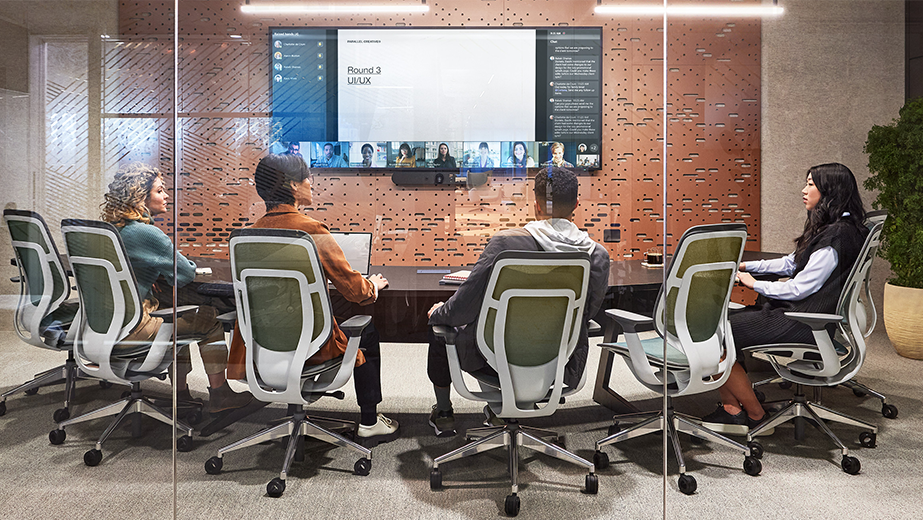
Ocular table shapes were intentionally designed around three key sightlines for people participating in a virtual meeting – people to people, people to screens, people to cameras.
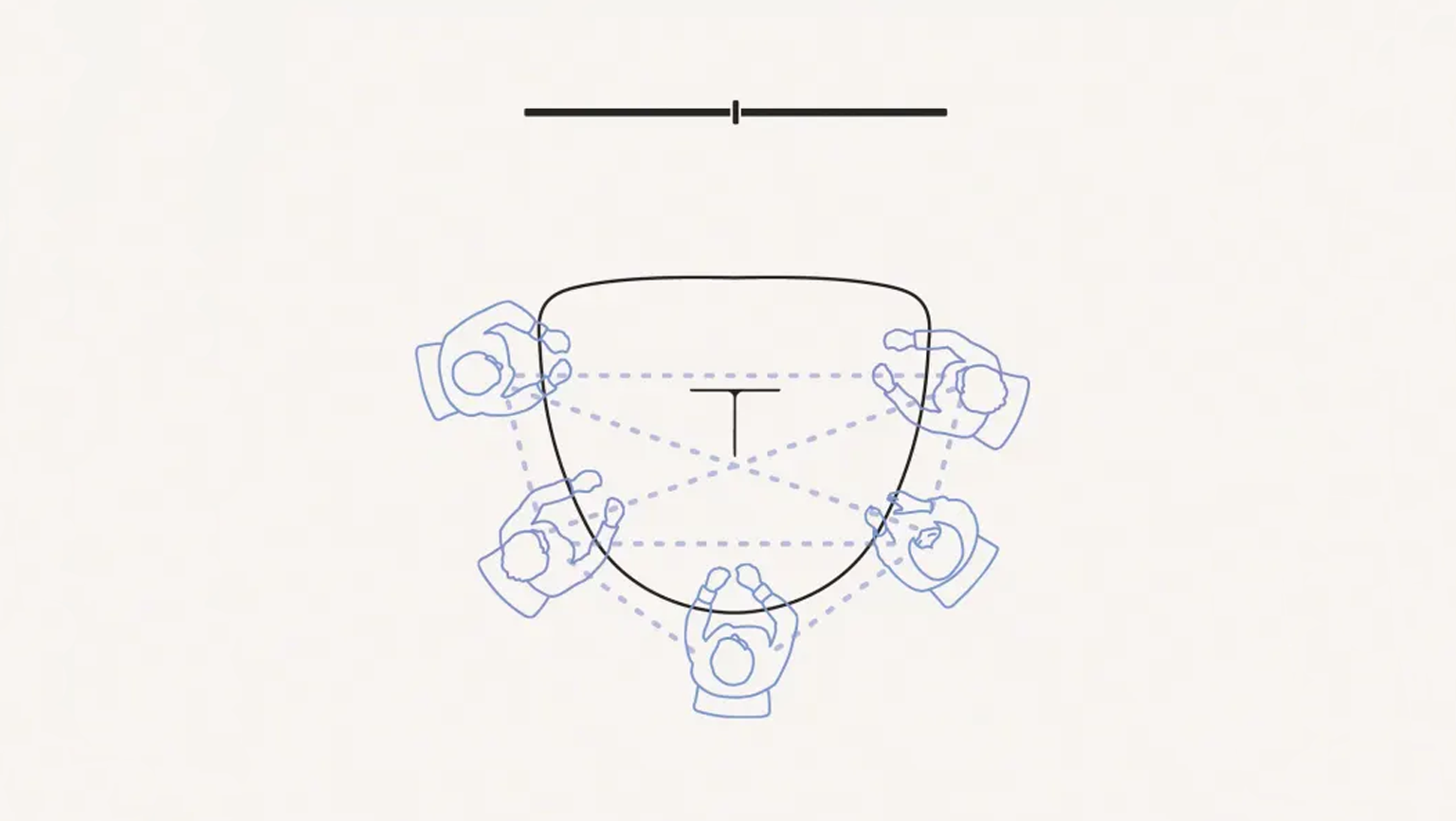
PEOPLE TO PEOPLE
Conversation and collaboration should feel natural and comfortable between people around a conference table.
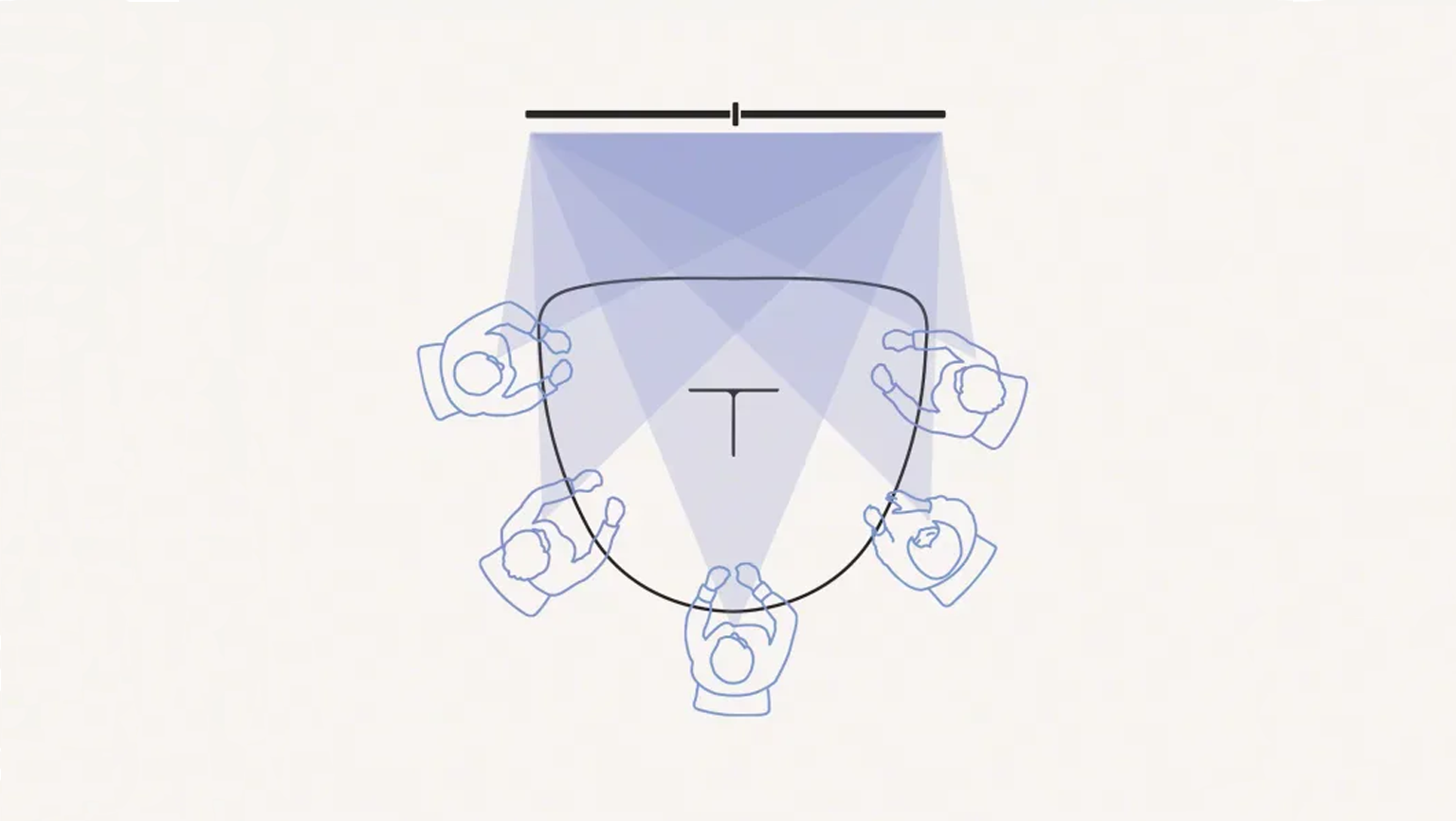
PEOPLE TO SCREENS
When meeting or content sharing, everyone should have a good experience and view of the screen.
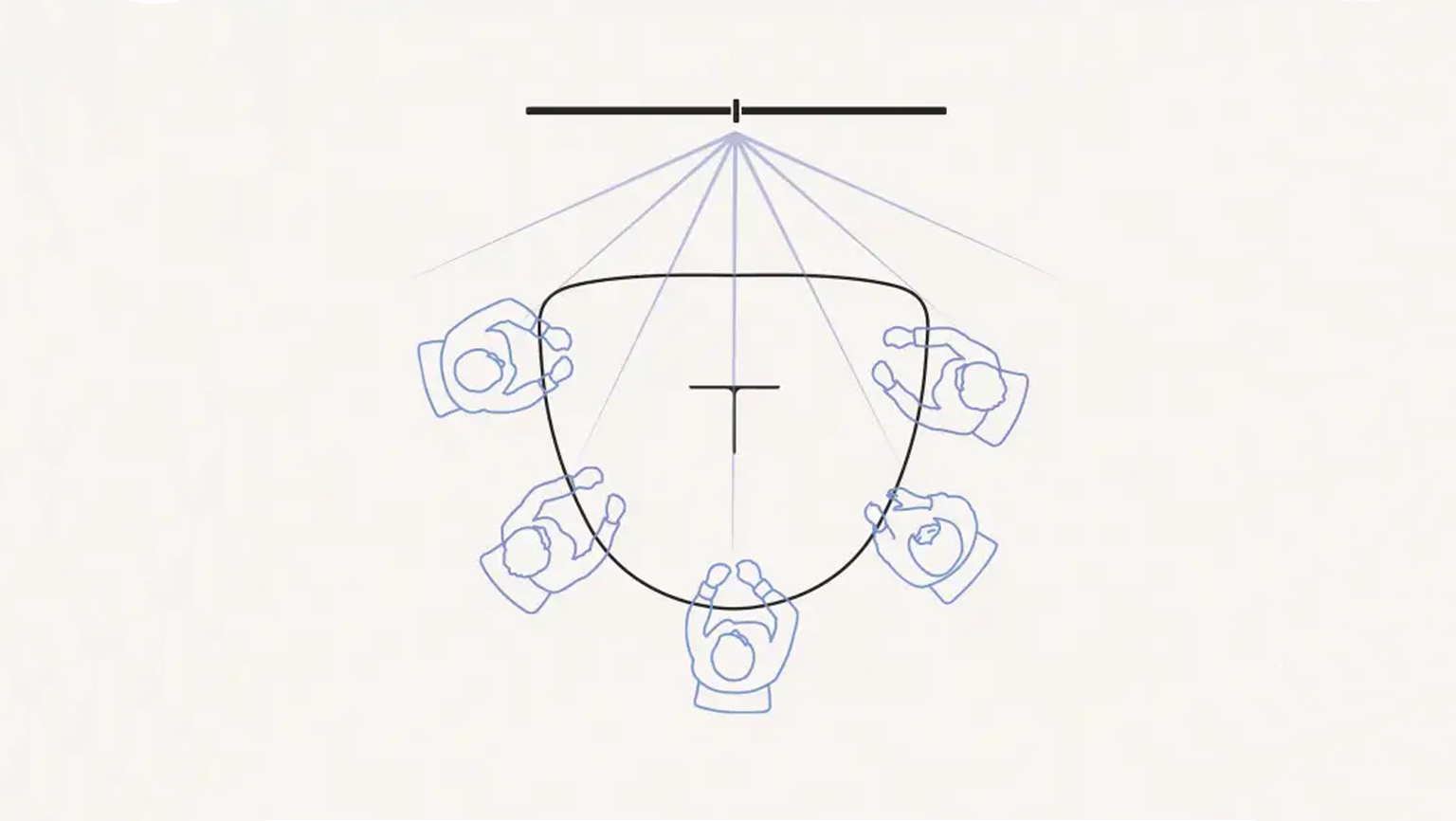
PEOPLE TO CAMERA
The room’s camera should capture everyone in the room so that remote attendees can feel connected and engaged during video conferences.
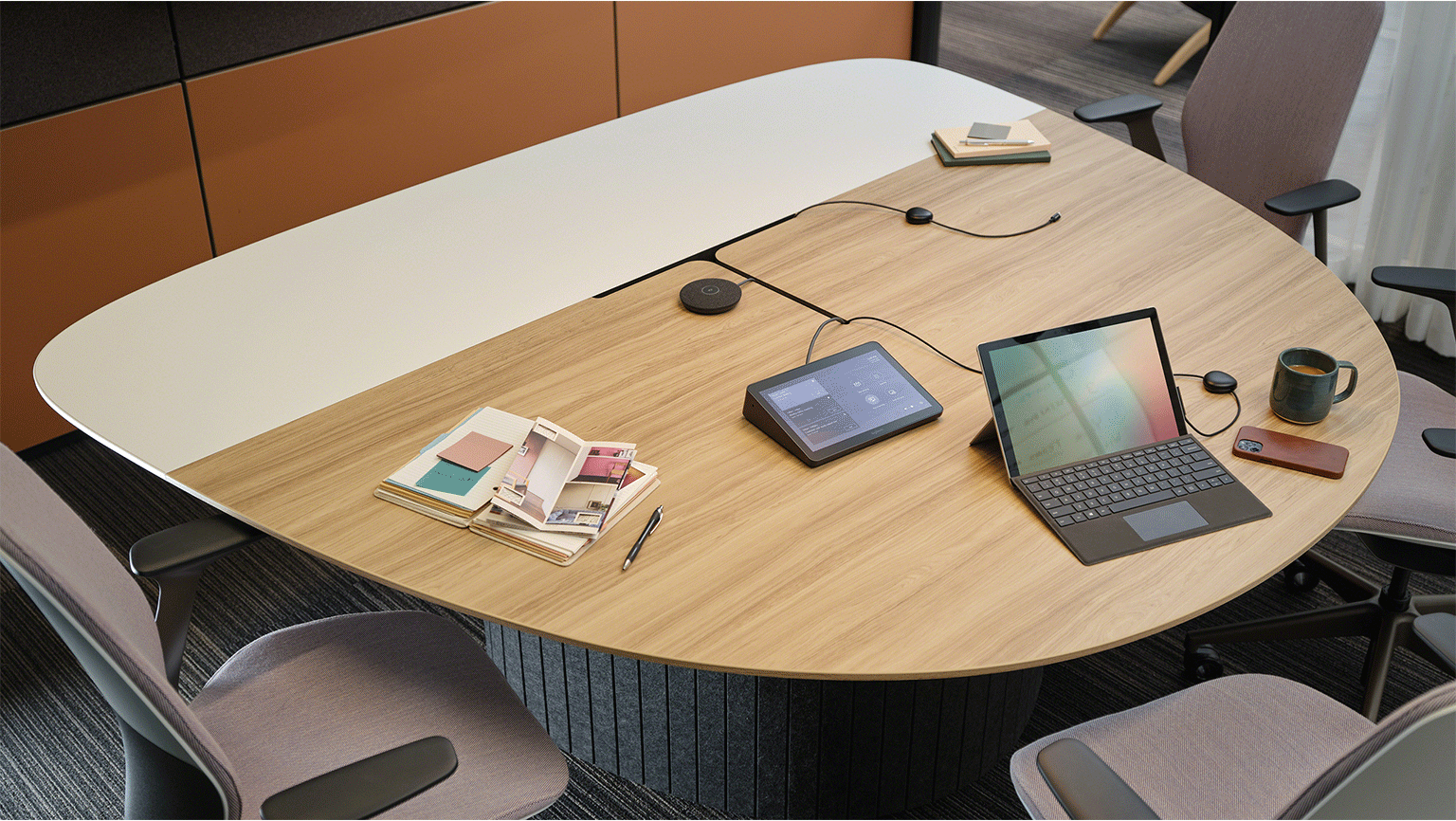
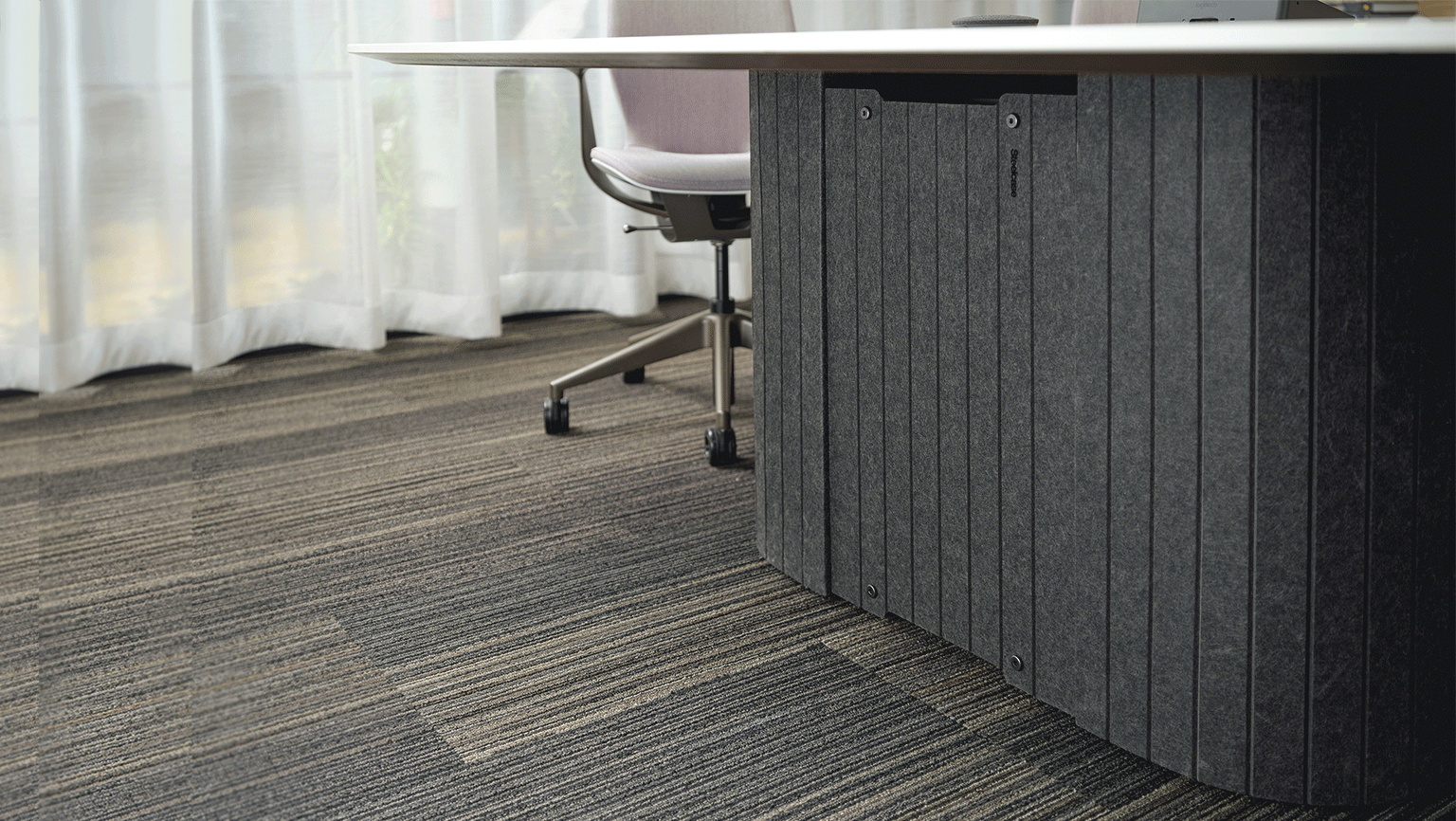
Ready for Technology
Ocular tables were designed to house, route and mount the technology required in today’s Microsoft Teams Rooms, Zoom Rooms, and other video enabled meeting rooms.
Tech Door
A hidden tech door in the drum base keeps technology hidden away.

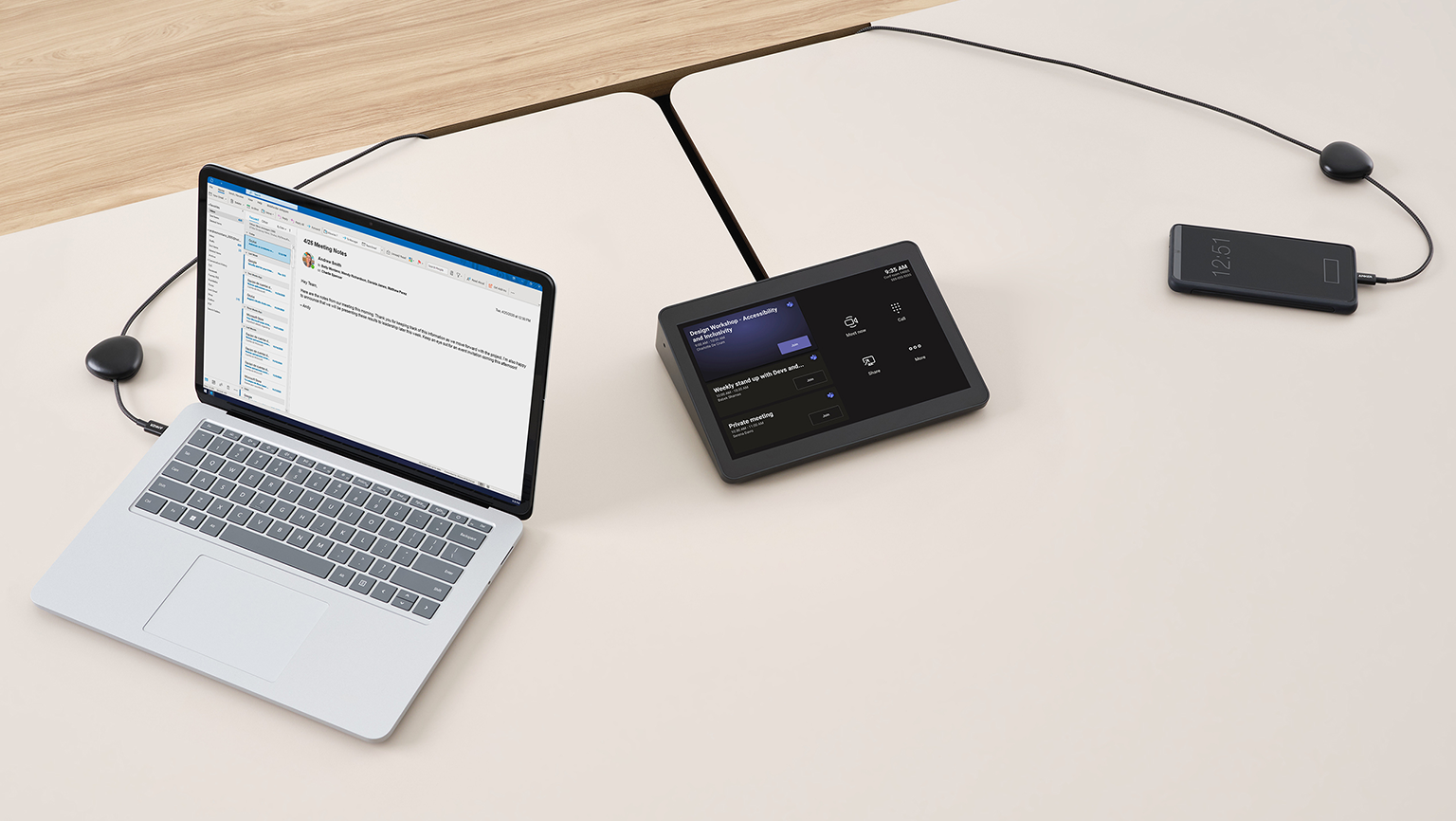
Power Pods
Weighted power pods plug to devices and keep the cords from falling into the table when not being used.
Aperture
A universal aperture opening allows routing access for power, microphones, and meeting controllers.